What is the tolerance range of precision screws?
What is the tolerance range of precision screws?
Service Hotline
+86760-8787 8587We have more than ten years of production experience in the screw industry. The main products are: set nuts, butt screws, nickel-plated lock screws, rivets, K-type nuts, K-type nuts, bolts with intermediate screws, nylon outer screws, decorative / cap nuts, Locking screws album rivets, butt screws, outer hexagon round nuts, four-cornered nuts, outer hexagon thin screw caps, chemical anchor bolts, soft plastic gaskets, GB5780 national standard full-tooth screws, CNC car parts and other fasteners, due to the product The materials and specifications are different, and the prices are also different. Please contact us if you need it.


As a special kind of rivet parts, the rivets for shrinking brake pads are used in the accessories of the automobile industry. The original brake pad rivets do not have a chamfered structure, so the materials cannot be normally fed during assembly, or there are burrs, which lead to unqualified batches. When improving this structure, many manufacturers in the same industry often solve the problem by machining chamfering, but for brake pad rivets with thin thickness, it is impossible to achieve the problem of beating and bad material after chamfering processing.
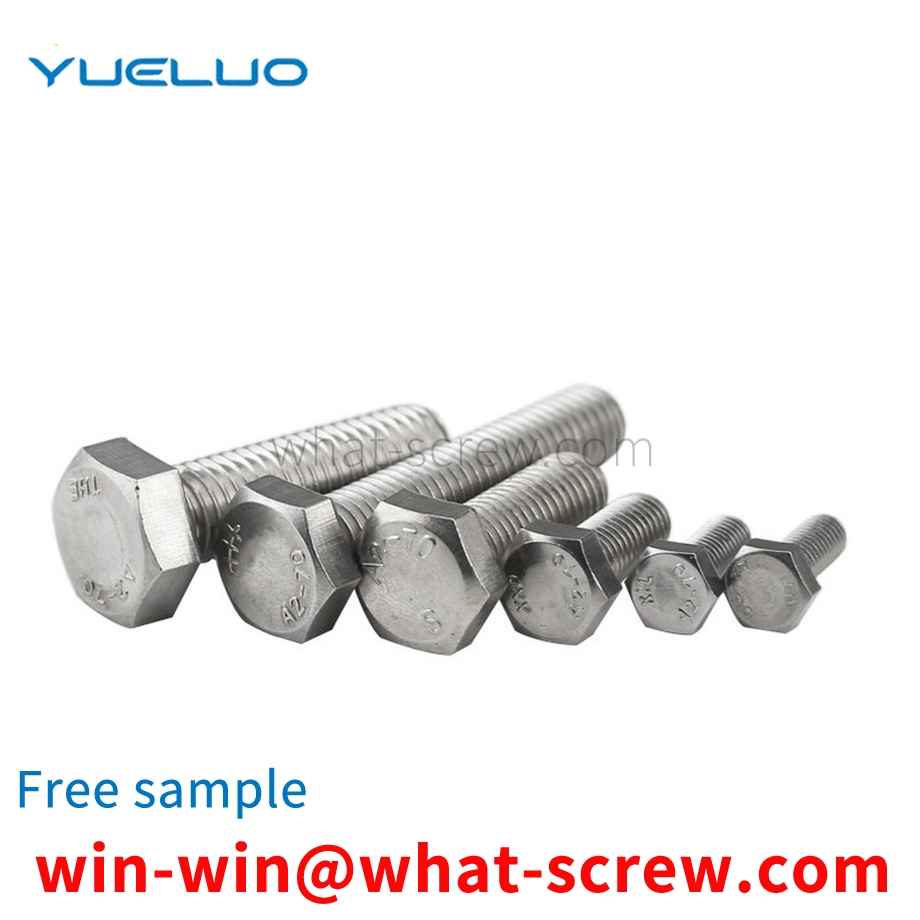
In view of the above-mentioned deficiencies of the prior art, Guangdong Yueluo Hardware Industry Co., Ltd. aims to provide a stamping die and stamping parts for punching rivets, and a positioning floating pin is added on the die to solve the problem of the prior art. The placement of the rivets during punching is inaccurate, resulting in the problem of poor quality. In order to achieve the above purpose, Guangdong Yueluo Hardware Industry Co., Ltd. has adopted the following technical solutions: a stamping die for punching rivets, including a lower die base, a lower die plate and a lower die insert block; the lower die plate and the lower die insert The block is arranged on the lower die base, and the lower die entry block passes through the lower die plate and protrudes to one side of the lower die plate, and a positioning floating pin is arranged in the lower die entry block, An elastic member for supporting the positioning lift pin is arranged in the lower die holder. The punching die for punching rivets further includes an upper die base, an upper clamping plate and a riveting punch, the upper clamping plate and the riveting punch are arranged on the upper die base, and the riveting punch passes through the upper die base. The upper splint extends to one side of the upper splint. In the punching die for punching rivets, the positioning and lifting pins are provided with protrusions for guiding the rivets. In the punching die for punching rivets, the lower die base is provided with a set screw for fixing the elastic member. In the punching die for punching rivets, the stop screw is installed on the bottom surface of the lower die base. In the punching die for punching rivets, a lower backing plate is arranged between the lower die base and the lower template. In the punching die for punching rivets, the elastic member is a spring. A stamping part is provided with rivets, and the rivets are stamped and fixed by the above-mentioned stamping die. In the stamping part, the stamping part is a back plate. Compared with prior art, the stamping die and the stamping part that Guangdong Yueluo Hardware Industry Co., Ltd. provides for punching rivets, have adopted and set up positioning floating pins in the lower die block, in the lower die holder An elastic piece for supporting the positioning lift pin is provided. Before punching, the positioning lift pin is held up by the elastic piece, so that the positioning lift pin extends out of the lower die into the block, and the rivet is placed on the positioning lift pin during stamping. On the pin, the rivet is guided by the positioning lift pin. During the stamping process, the rivet falls closely with the positioning lift pin to prevent the rivet from being skewed. When the stamping die is completely closed, the stamping is completed, which improves the quality of the stamped product and greatly improves the production efficiency.
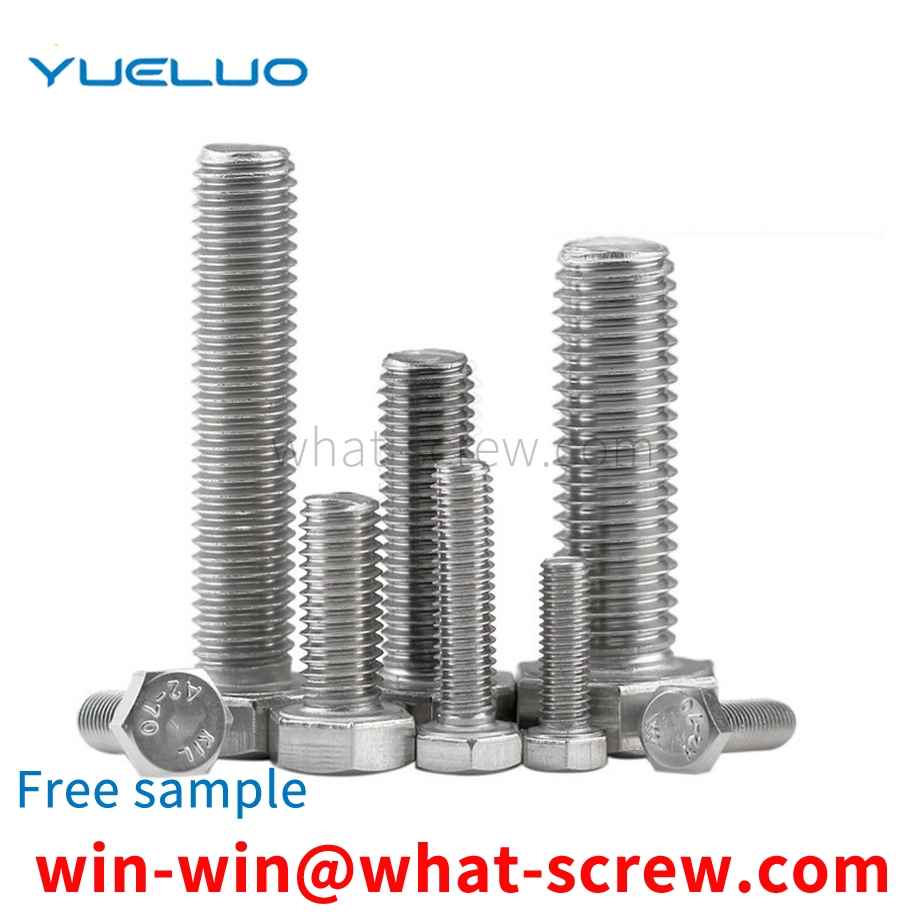
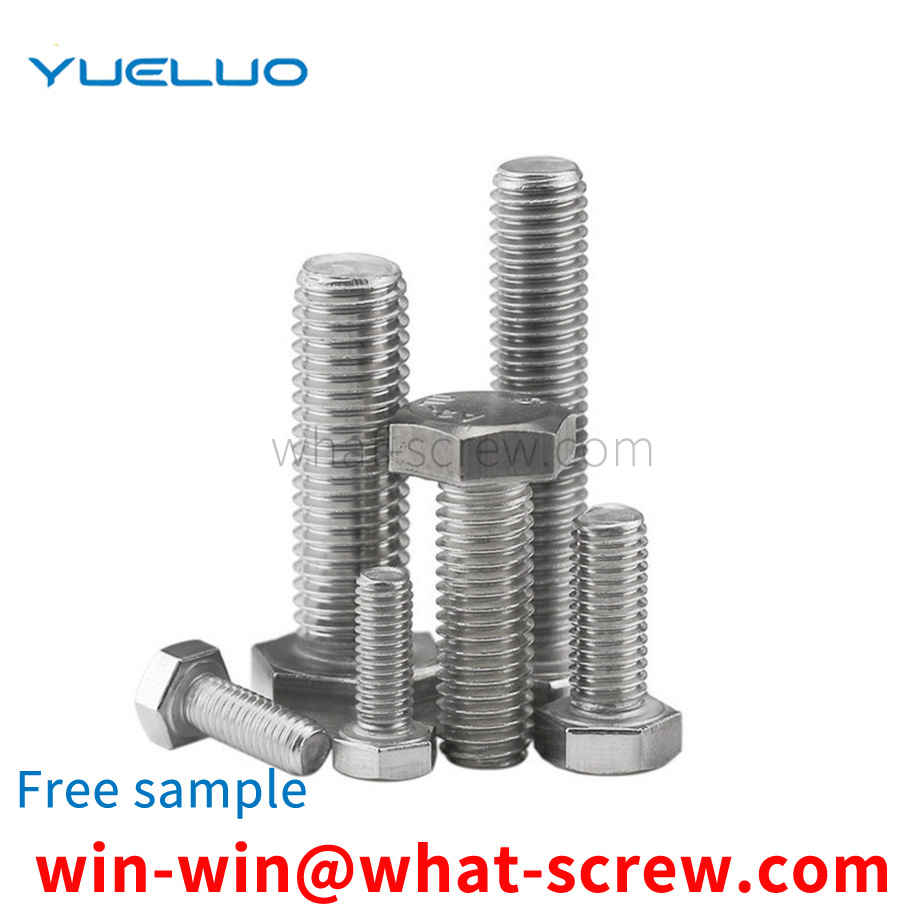
Usually, the car wheel is fixed on the axle sleeve with positioning pins and pins, and the tire hub and the sleeve are fastened on the axle with locking nuts, lock washers, and adjusting nuts. This structure can operate normally within a certain period of time when the vehicle speed is low and the vibration is small. However, when the car runs for a long time, especially when the road surface is uneven and the load changes sharply, the axle sleeve bears a great impact. Once the shear force generated is too large, the pin will break, and the nut will be loosened. Affected, the wheel and hub will be loose. If the maintenance is not timely, or the driver is inexperienced, the car will have an accident in which the tire falls off with the wheel hub. This is extremely dangerous. So people are looking for ways to prevent wheels and hubs from falling off
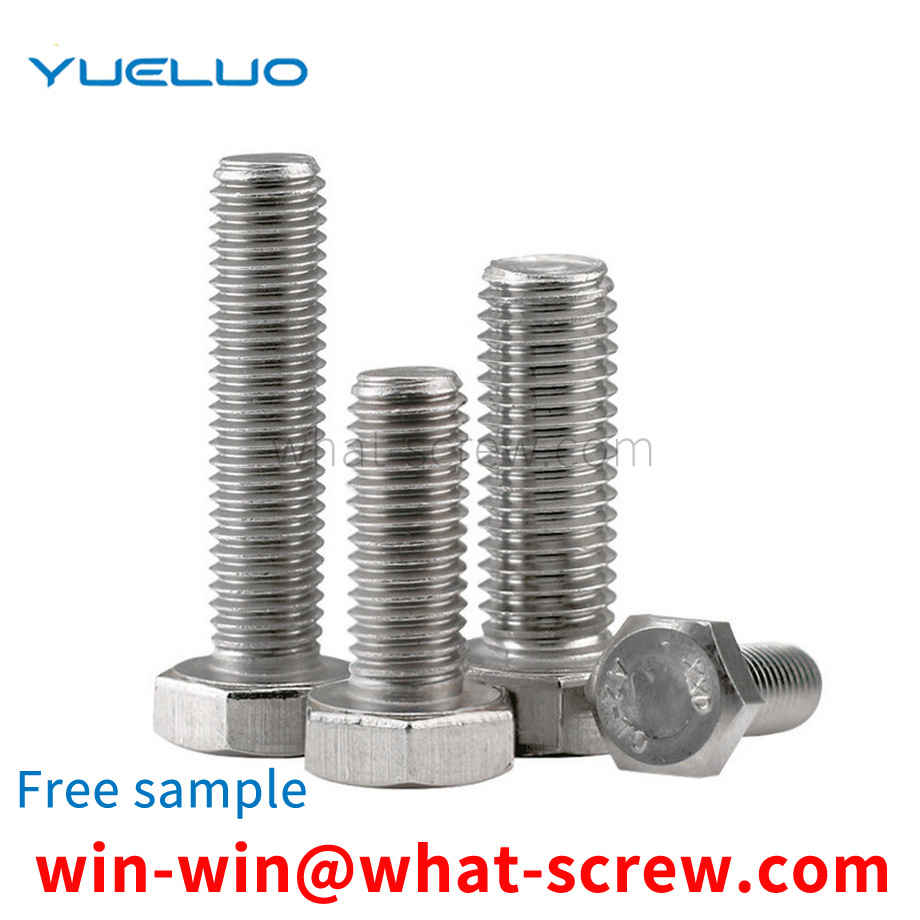
Installation method broadcast 1. One-time burying method: When pouring concrete, bury the anchor bolts. When the high tower is controlled by overturning, the anchor bolt should be buried once. 2. Reserved hole method: The equipment is in place, the holes are cleaned, the anchor bolts are placed in the holes, the equipment is positioned and aligned, and then poured with non-shrinkage fine stone concrete that is one level higher than the original foundation, and compacted and compacted. . The distance from the center of the anchor bolt once buried to the edge of the foundation should not be less than 2d (d is the diameter of the anchor bolt), and should not be less than 15mm (d≤20, it should not be less than 10mm), not less than half the width of the anchor plate Add 50mm, when the above requirements cannot be met, appropriate measures should be taken to strengthen it. The diameter of the anchor bolts used for the structure should not be less than 20mm. When subjected to earthquake action, double nuts should be used for fixing, or other measures to effectively prevent loosening should be adopted, but the anchorage length of anchor bolts should be increased by 5d compared with the anchorage length of non-seismic action. Installation planning of anchor bolts Treatment of anchor bolts loose in the foundation When the anchor bolts are tightened, the bolts may be pulled out. At this time, the bolts should be adjusted to their original positions, and the foundation around the bolts should be shoveled out enough. , and then weld two U-shaped steel bars vertically and horizontally on the bolts, and finally clean the pit with water and grouting, and then tighten the live anchor bolts after the concrete has solidified to the design strength. The treatment method of the live anchor bolt deviation is roughly the same as the dead ground. The method for the anchor bolts is the same, except that the anchor bolts can be pulled out for processing. If the bolt is too long, a section of the thread can be cut off on the machine tool; if the bolt is too short, it can be extended by hot forging; if the position is inconsistent, it can be corrected by bending. Application industry: suitable for various equipment fixing, steel structure foundation embedded parts, street lights, traffic signs, pump, boiler installation, heavy equipment embedded fixing, etc.
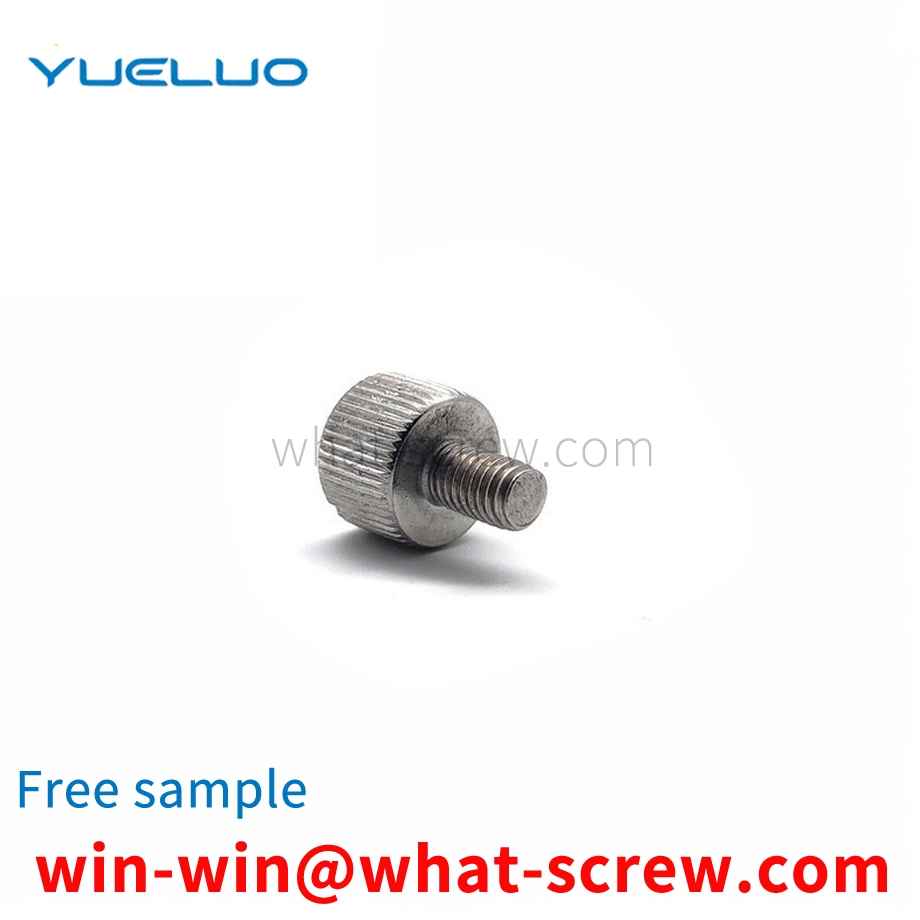
The above content is uploaded by Yueluo or the Internet. If there is any copyright issue, please contact [email protected].

What is the tolerance range of precision screws?

How to choose the right stainless steel screw manufacturer?

Why is there an R angle under the head of the hexagon head s...

We have more than ten years of production experience in the ...

We have more than ten years of production experience in the ...

We have more than ten years of experience in screw industry ...

We have more than ten years of experience in screw industry ...